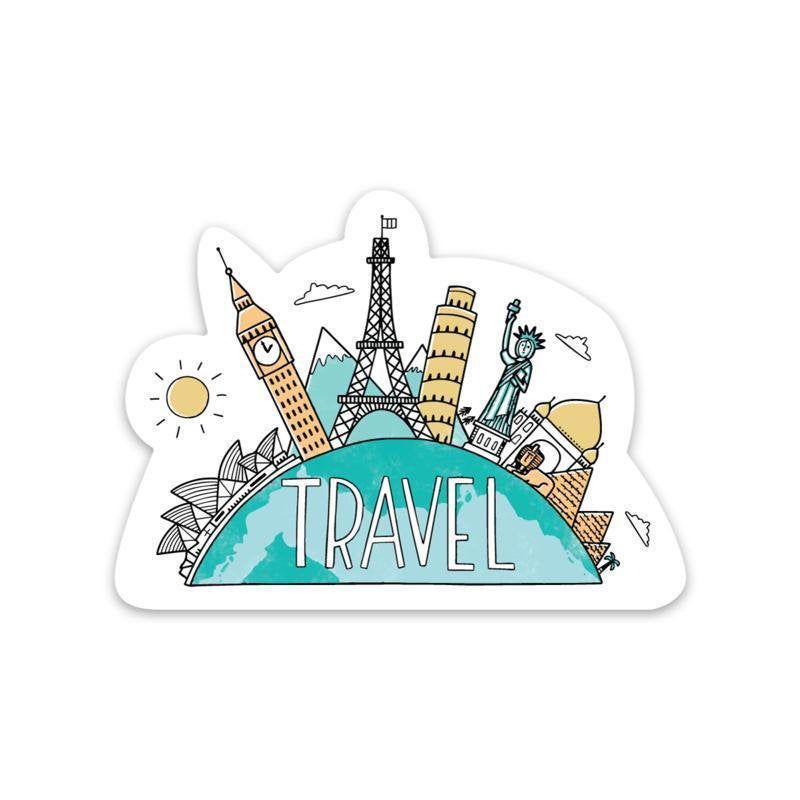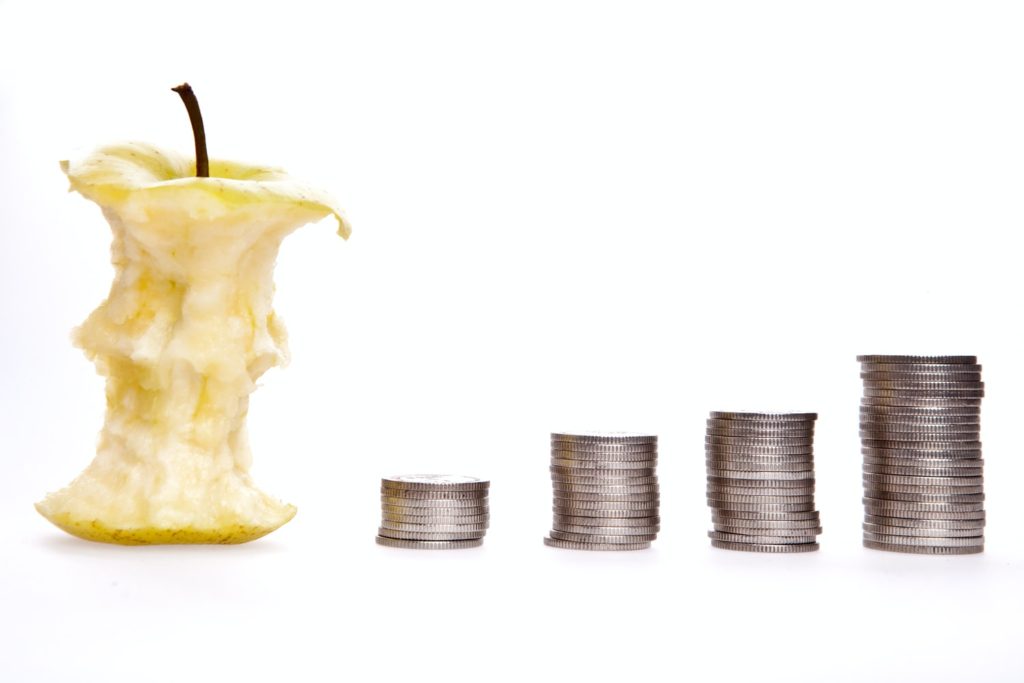
This guide will show you three things: How to eat healthy, how to save money while doing it and why you aren’t eating healthy. The information comes from researches of the University of California, Harvard and more.
You can live frugally and it actually promotes your health if you read this article.
Why you aren’t eating healthy
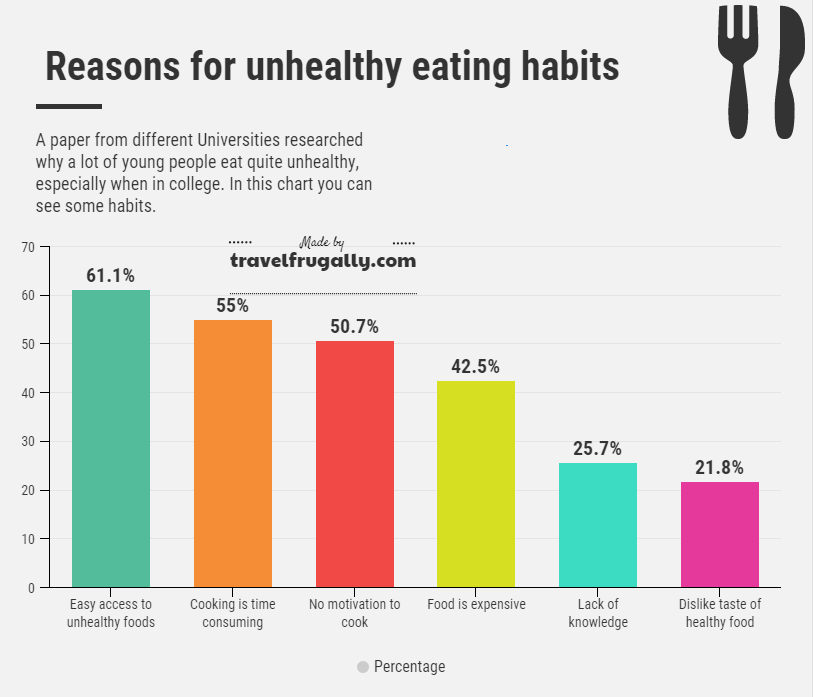
First, let’s take a look at two studies who researched why college students do not eat healthy. As you can see at the chart above, there are multiple reasons revealed from the University of Newcastle: access to unhealthy foods, no time, no motivation, high cost or lack of skills.
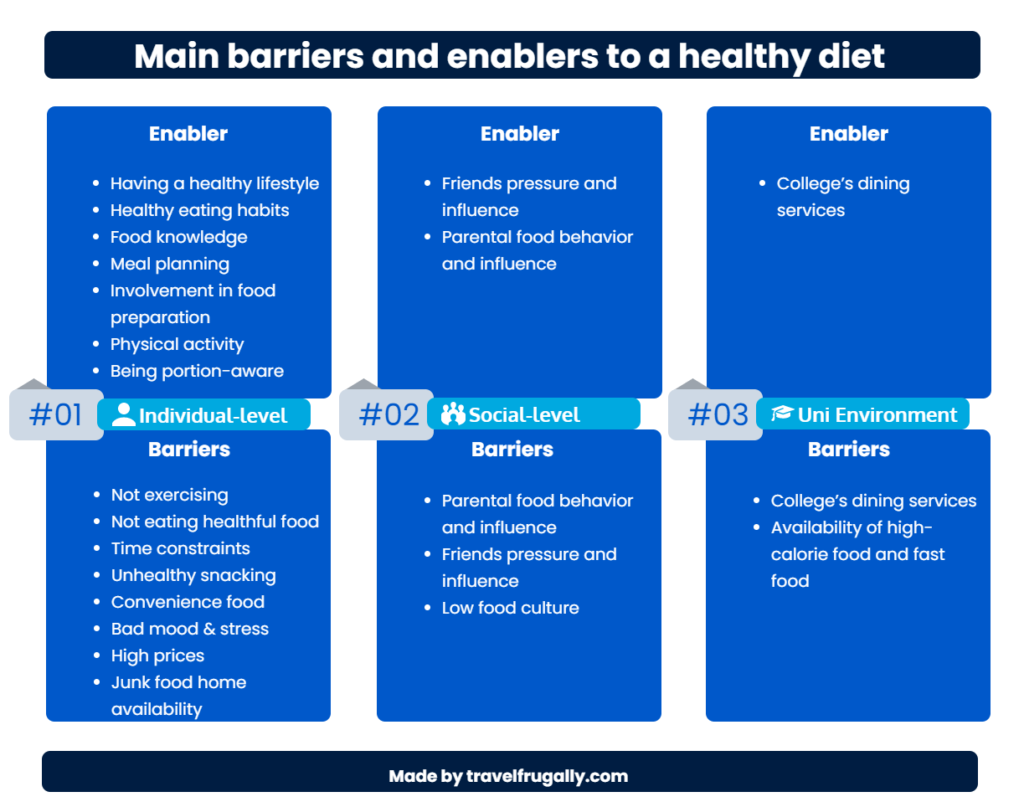
Next, the study from Licensee MDPI researched the (bad) eating habits in american colleges. It turns out that there are multiple areas which influence the good and bad habits. As you can see in the infographic above, it is quite similar to the first study.
To summarise, both studies showed that it doesn’t matter if you’re young or older, male or female, the reasons why you don’t eat healthy are the same. Generally speaking, it’s time, friends and money that influence the participants’ health. Personally, the money and time excuse is rather nonsense, and I’m going to show you why, because you can indeed save money.
Methods for eating healthy and save money
The common excuses for not eating a balanced meal like it’s too expensive aren’t actually true if you consider conventional food. Actually, you can eat on a budget.
This is why this chapter takes a look at three things: The healthiest food, then ranked by price and at a study.
Healthiest food to eat (and quite cheap)

First of all, let’s begin with a list inspired by Healthline who lists 50 foods who are really healthy. I will list you some I think are the most available in a lot of countries.
- Fruits and berries
- Apples
- Banana
- Berries
- Avocados
- Oranges
- Strawberries
- Meats
- Lean beef
- Chicken breast
- Turkey
- Nuts and seeds
- Walnuts
- Almonds
- Chia seeds
- Vegetables
- Broccoli
- Carrots
- Cucumber
- Tomatoes
- Garlic
- Onions
- Legumes
- Potatoes
- Kidney beans
- Lentils
- Seafood
- Salmon
- Tuna
- Shrimp
- Grains
- Rice
- Oats
- Quinoa
- Dairy
- Quark/Fromage Blanc etc.
- Milk
- Cheese
- Yogurt (Natural!, without sugar)
- Fats
- Olive oil
- Coconut oil
- Butter
Healthiest food to eat ranked by price and nutrition
The list above is generally quite okay, but maybe you have to be really careful with spending, this is why I ranked part of the list again while considering the price.
- Fruits and berries
- Apples
- Banana
- Oranges
- Berries
- Protein per Dollar
- Lentils (Yes, really!)
- Quark/Fromage blanc
- Milk
- Eggs / Tuna
- Chicken
- Ground Turkey
- Carbs per Dollar
- Oats
- (Banana)
- Rice
- Potatoes
- Lentils
- Fats, Nuts and Seeds per 100 Kcal
- Olive Oil
- Peanut butter
- Almonds
- Walnuts
- Vegetables
- Carrots
- Cabbage
- Onions
- Cucumbers
For instance, Oats are the cheapest protein per buck in Switzerland, but you would need to eat more than 3000Kcal to receive enough, that’s why it is in carbs.
This information is based on personal research in Switzerland and Europe, but also from Jeremy Ethier. I found it interesting that the ranking of the prices are quite similar, which means that it might very well look the same in almost every country.
How to consume nutritious food and save money
The peer-reviewed study from PubMed Central (University of California) researched if low-income households can actually consume healthy food. I’m going to summarise it with their conclusion: Yes! However, “Access to stores that sell low-price “bulk” items is important in being able to afford a healthy diet.”
If you want to know more about meals that cost 8 Dollars a Day, i recommend to watch this video. Though the video is labeled for muscle building, studies showed that high protein helps with satisfaction, muscle building and is very much preferred for weight loss. This is why I think that the video is valuable for you.
Ps. If you are interested in the best ways to save money, say no more! Click here
Tips for saving money in the supermarket
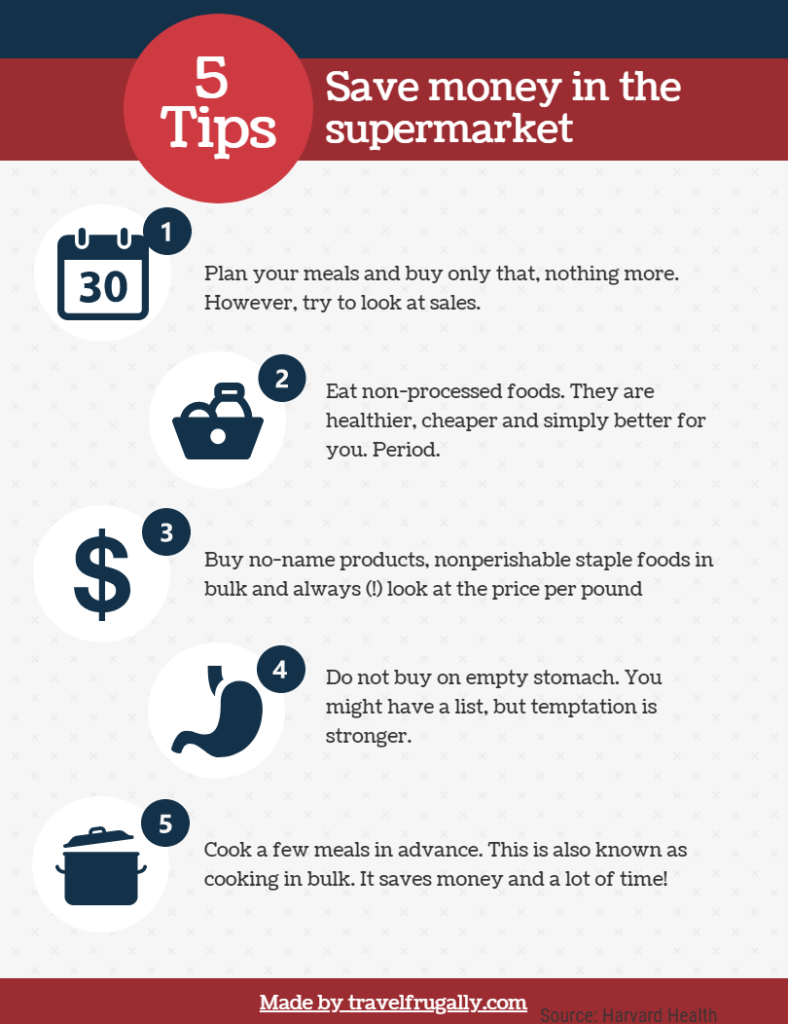
As the Public Health school of Harvard points out, it is totally possible to eat good without much money OR time. In fact, I recommend combining fresh and canned foods (like kidney beans) and to cook some meals in advance. In addition, stick to the food list above as much as possible to get good proteins, carbs and fats. For instance, I cook two times a week and prepare enough meals in advance.
For example, a quick breakfast could be Milk, Oats and Fruits. Add Yoghurt/Quark for more protein and two minutes later you’ve got a healthy meal. It’s really not so complicated. More recipes are on the Harvard page, which also repeats some information.
Finally, I want to highlight that the first study concluded “ that a “one-size-fits-all” approach is not appropriate.” Therefore, you have to invest some time yourself to see what works out for you in your location.
That’s the end of this article.
Until next time, happy saving.
